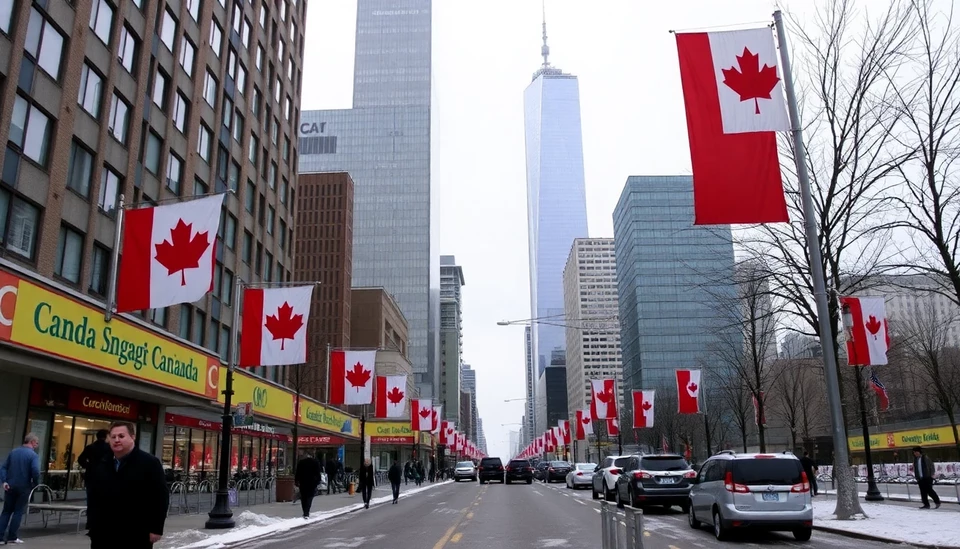
Economists continue feeling optimistic about the Canadian economy, predicting a soft landing with no need for significant interest rate cuts. According to experts, Canada's financial system, which is strong enough to resist the pressures, needs no aggressive monetary easing in light of the upcoming slowdown.
The Bank of Canada has held its policy interest rate at 5% since July, after a run-up in interest rates designed to combat inflation. Those moves cooled borrowing and spending, but officials contend the inflation fighting has put the Canadian economy in better position to moderate.
Analysts maintain that the current economic indicators are toward a gradual slowdown, not a sharp decline. Strong job numbers, tame inflation within control, and pragmatic fiscal policies by the Canadian government are just some of the many factors that give further credence to confidence in a soft landing.
As the chief economist at TD Bank Group, Beata Caranci said in the latest report: "Our forecasts suggest rate cuts won't be needed to deliver a soft landing for the economy. Instead, the adjustments already made, combined with resilience in consumer spending, will help to achieve one."
This assessment is further reinforced by the consensus from major financial institutions such as RBC Capital Markets, CIBC, and National Bank Financial. This forecast is based on modest modifications of policy and external elements that stabilize the market, not on sharp rate cuts.
One of the most significant contributors towards this positive trend is the Canadian housing market. The market has been facing a cooling period for the past couple of years but is still fundamentally strong. It is termed strong because of the controlled and balanced mortgage rates and the house prices. Such pre-emptive measures avoid the bursting of markets.
Continual investments in infrastructure as well as social services also support the economic performance. Visible projects and shared initiatives by federal and provincial governments make it highly unlikely for there to be any softening in the rate of growth of the GDP.
There are, however, cautions: Economists underline that what will be important is to continue to monitor the world market conditions, especially supply disruptions of oil, trade disputes, and geopolitical tensions that remain crucial in determining the direction of the economy.
The Bank of Canada preferred to adopt a 'wait and see approach monetarily speaking: It decided not to hike or cut the rates, considering ongoing developments in the global and domestic economies. In other words, according to Stephen Poloz, the former governor of the Bank of Canada: "Patience is key, immediate rate cuts may spur short-term growth but can introduce long-term vulnerabilities."
On balance, while there are still challenges, most economists feel a cautious sense of optimism. Canada looks well-positioned to work through the complexity of the slowing economy without having to revert to dramatic interest rate cuts.
No doubt, as this year progresses, the economic landscape will be further closely watched to ensure that policymakers are better placed to make appropriate decisions toward stability and continued growth.
#CanadaEconomy #BankOfCanada #InterestRates #SoftLanding #EconomicOutlook #InflationControl #FiscalPolicy #HousingMarket
Author: Laura Mitchell




